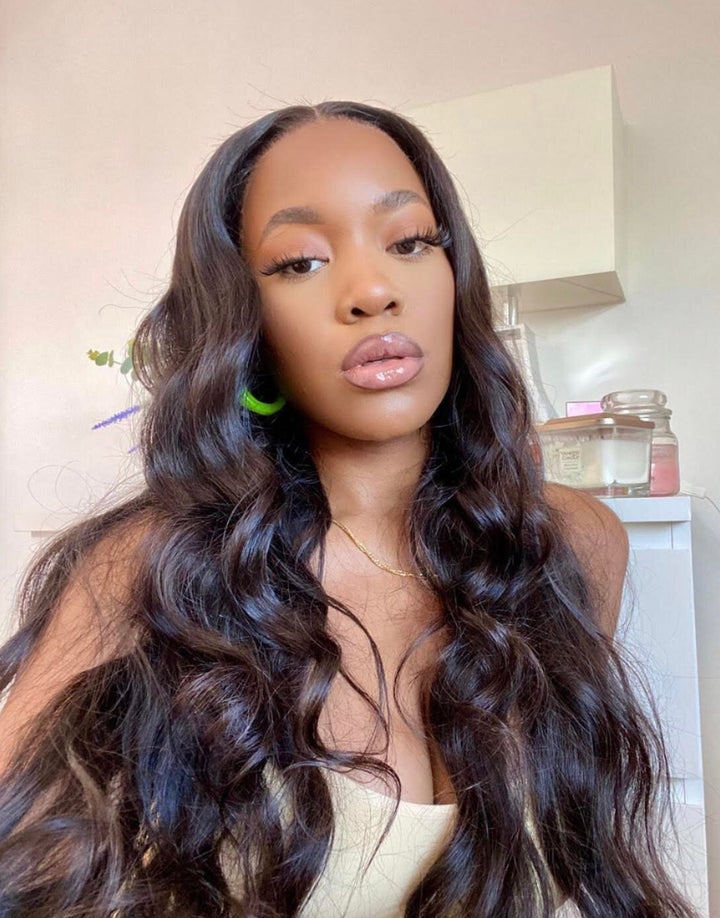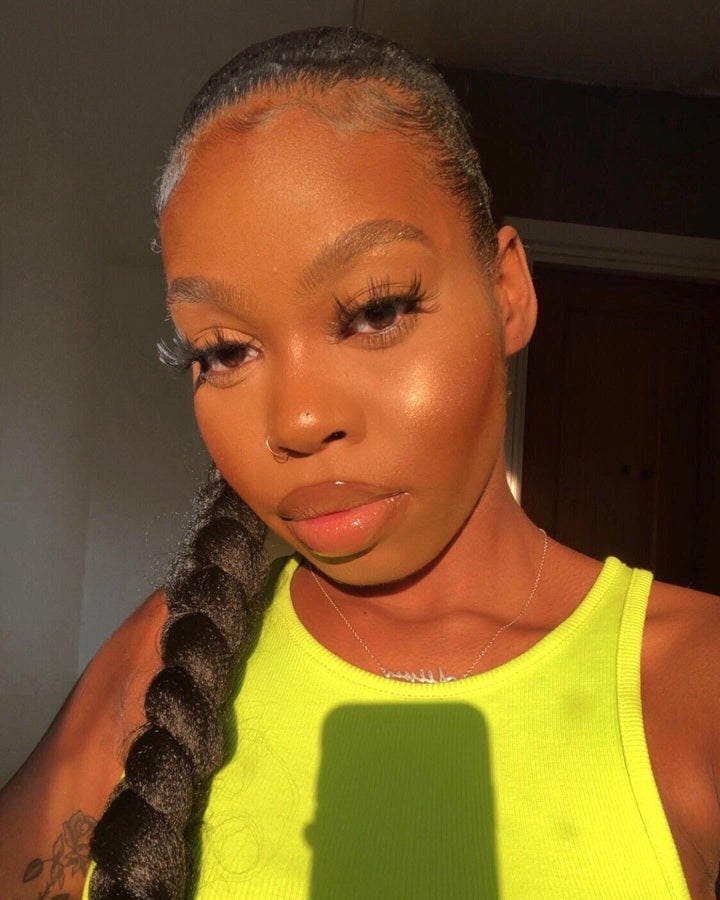We’re here to guide you through the coronavirus pandemic. Sign up to the Life newsletter for daily tips, advice, how-tos and escapism.
Mikai Mcdermott will never forget finding out – in the middle of a photoshoot for a popular hair and beauty brand – that she was being paid a fraction of the fee of another woman in the same room. “I actually asked a white influencer what her rate was and it was 10 times more than what I had asked for, despite the brand telling me they had no budget,” says the 23-year-old from east London.
To add insult to injury, “the brand took over four months to pay me for the work I did with them.” It was a lightbulb moment for Mcdermott, who has worked as an influencer for two years, gathering 62,000 followers on Instagram and 42,000 YouTube subscribers for her content about beauty, fashion and academia – she’s currently studying for a Masters alongside her media work.
In the wake of George Floyd’s death, as a new wave of Black Lives Matters activism ripples around the Black community and the world, Black people are choosing to speak up about the way we are treated in society and workplace.
People are lifting the lid on structural and institutional racism in their companies, on microaggressions in the office, and on the substantial career blocks and pay gaps they have faced in comparison with their white counterparts.
And what’s true of traditional careers is also true for Black influencers.

As a Black woman, I owe so much to Black influencers. Growing up in the UK, it was a struggle to find people who looked like me on TV, but social media changed that. Black influencers taught me how to do my hair, find the right shade of foundation, and build a community with other Black women online.
It’s not just beauty and fashion – Black people are influencing in every field from home, wellness and parenting, to business, politics and activism, often in combination. As interior design influencer Medina Grillo recently posted on her Instagram (followers 137,000): “If recent events have you questioning the definition of an influencer ... that’s probably a good thing.”
While growing, the industry is still a largely unregulated space, with individuals usually left to negotiate with brands behind closed doors, sometimes aided by agents, but with little transparency or industry standards, except when it comes to the familiar labels and hashtags – #partnership #ad #gifted – they are now legally obliged to post on content.
It was a lack of transparency on rates especially that pushed Adesuwa Ajayi, 28, who works in senior talent at the influencer agency, AGM Talent, to create the Influencer Pay Gap page in early June.
“I created this page for a number of reasons, primarily because as I work in the influencer space, I’ve definitely seen the differences in the way Black influencers tend to be treated in comparison to their non-Black counterparts,” says Ajayi.
“The influencer industry reflects what’s going on in the real world.”
- Alison Kukosama
Her idea was simple: influencers anonymously share the fee earned for a job alongside their influencer reach and their race, which is then shared publicly on the group’s Twitter and its Instagram page, which already has more than 25,000 followers. One recent post reads: “I have almost one million followers and struggle to get £400 for a post.” Another post reads: “I have 70k followers collectively, 10 years of experience and brands [only] want to gift me.”
While Ajayi’s agency manages a growing amount of Black talent, the influencer agency world is far from diverse, she says – in either staffing, clientele or talent. “You don’t really see any Black representation in these companies,” she says. Even if they have Black talent, the rest of the roster is predominantly white so that plays a role in structural racism and has an effect on the influencer space.”
The most shocking pay gap revealed was for a household-name cosmetics company: “A Black influencer who participated received £1750 and a mixed-race person mentioned they were paid £10,000 for the same campaign,” says Ajayi.
Alison Kukosama, 24, has been a beauty influencer for a year and a half and blames a wider system in which Black people have to work twice as hard as their white peers for less money. “The influencer industry is based on consumerism and capitalism so it’s inherently anti-Black,” says the politics and international relations graduate, who has a YouTube channel, LifeOfAls.
“Because of that, brands will always find a way to short change us whilst abusing our labour. The influencer industry reflects what’s going on in the real world.”

Kukosama, who hadn’t ever discussed rates with other influencers, says the Influencer Pay Gap has shown her she should be. “I’ve found out I’m not charging a lot at all compared to white counterparts. I’m seeing people with way less engagement than I have charging way more than I do,” she says.
Black influencers face a double-edged silence: speaking about money is already stigmatised, but many also fear that speaking out about brands that underpay them will impact future partnership deals.
“Underrepresented influencers know that if they don’t talk about rates they won’t have to demand their worth.”
- Adesuwa Ajayi
“No one is calling these brands out and we need to understand that in any industry discussing rates is very taboo,” says Ajayi – when influencing is your livelihood, she says, keeping quiet can feel easier than potentially compromising how you’re perceived – or being ostracised from the industry altogether.
“There’s a general kind of silence this industry benefits from. Underrepresented influencers know that if they don’t talk about rates they won’t have to demand their worth. It’s easier to demand your worth when you are aware of what everyone else is being paid and you know you’re not asking for too much.”
Since her experience on that photoshoot, Mcdermott wants change: “There needs to be more transparency between Black and white influencers. I think brands need to have more integrity when it comes to working with Black influencers, and we need to stop underpricing ourselves and accepting low paid or free work, especially if you have an engaged and loyal audience. I also think it’s important that we collaborate more and share each other’s work.”
Followers and subscribers also have a role to play. Black influencers essentially operate as Black businesses – and female-owned ones at that – at a time when we should all be supporting these. Content creators such as Patricia Bright and Jackie Aina were able to gain make-up brand deals due to their engagement, reach and their audience’s willingness to pay for products – money that loops back into the community if the system is working properly.
The Influencer Pay Gap page has opened up the conversation. As to what more needs to be done, Ajayi says: “I think on one front, we should move towards unionising and trying to standardise rates. But in terms of practical steps, I think people need to know what their rights are. I also think brands need to be open to consultation, advice and feedback. “
We still live in a world where Blackness is seen less than whiteness and it’s no longer good enough. Brands need to value the work of Black influencers and these influencers deserve to ask for – and be paid – what they’re truly worth.
• This article was amended on 30 June. The biggest pay gap revealed on the Influencer Pay Gap page was £1,750 paid to a Black influencer (not £1,500 as previously stated) and £10,000 to a mixed-race influencer.
